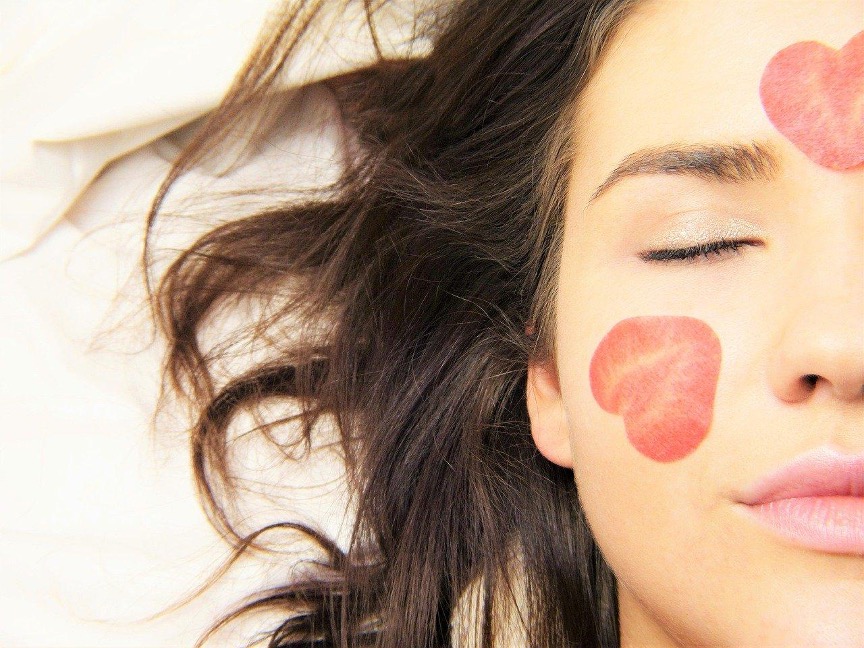Dermal fillers are injectable therapies that can restore volume to the face and smooth out wrinkles. No more invasive than your annual flu shot, they offer quick results with no long-term commitment.
This guide will answer common questions about this type of treatment, including what dermal fillers are and what they do. You’ll discover what to be aware of if you’re considering dermal fillers and learn the names of some common dermal filler brands so you can talk to your provider about them.
But first, let’s look at why dermal fillers exist in the first place.
How Do Dermal Fillers Work?
As you age, the skin on your face gets thinner and drier. The fat layer underneath the skin starts to shrink and you lose muscle tone. In time, you start to notice wrinkles and your face looks less full than it did before.
This is when many people start to consider dermal fillers. Fillers work against the aging process by introducing some of the chemical compounds that make skin look youthful back into your face.
Types of Dermal Fillers
There are many dermal fillers on the market today. Each features a different combination of compounds, many of which occur naturally in the body.
One of the most popular of these is hyaluronic acid, a lubricating gel that your body produces to keep tissues moisturized, flexible, and stretchy. It’s present in high concentrations in the skin, cartilage, joint fluids, and connective tissues.
Medical science has learned how to extract hyaluronic acid to restore damaged and aging tissue. People with arthritis often receive hyaluronic acid injections to provide extra joint protection and reduce discomfort.
Hyaluronic acid is the main ingredient in popular dermal filler brands including Juvederm and Restylane. When injected into the skin, it can restore what nature and aging have started to take away.
What Can Dermal Fillers Treat?
Dermal fillers treat many of the visible signs of aging. They can:
- Add volume to the face
- Plump up the cheeks
- Smooth out facial wrinkles
- Lessen the appearance of acne, burn, and wound scars
- Redefine the lips
Many people seek out dermal fillers to look and feel younger. They can be very effective in treating early signs of aging such as sunken cheeks, frown lines, and crow’s feet.
What Can’t Dermal Fillers Do?
Dermal fillers treat signs of aging in the face and occasionally the hands. They’re not appropriate for body contouring procedures like breast augmentation or butt lifts.
Also, while fillers can add volume to the face, they can’t permanently change your face shape. That means they’re not a substitute for plastic surgery procedures like facelifts or eyelifts. If you’re looking for more dramatic results, you may decide to get dermal fillers as a supplement to surgery.
What Are the Side Effects?
According to the FDA, common side effects of approved dermal fillers include:
- Bruising
- Swelling
- Redness
- Pain
- Itching
Rarely, people may develop infections, lumps, or discoloration at the injection site. Others will experience no side effects at all.
The vast majority of side effects are temporary. They happen shortly after treatment and fade within two weeks. If you have any questions about what side effects you might notice, talk to your injector.
Are Dermal Fillers Safe?
Dermal fillers are very safe. Their ingredients are either natural or biocompatible, which means that they do their job in the body without causing any adverse reactions.
The safety of dermal fillers does depend on the skill of the professional, however. In very rare occurrences, providers have accidentally injected dermal fillers into blood vessels. This can cause scarring or even vision loss if the blood vessel is too near the eye.
To avoid this very small risk, only receive dermal fillers from a licensed professional who uses FDA-approved products.
Also, make sure that your provider talks to you about allergies. As with any injectable therapy, some people may be allergic to components of a dermal filler. Rarely, people have experienced serious reactions requiring medical treatment.
How Long Do Dermal Fillers Last?
Dermal fillers are temporary treatments. Your body will break down the ingredients in any filler after six months or so. After that, you’ll notice your pre-treatment contours start to return.
You can maintain your look by going back for touch-up treatments. You’ll probably find that once or twice a year is enough, depending on how your body responds.
Alternatively, you might decide to let the effects fade and experiment with a different treatment later on. Some people who try dermal fillers are also interested in Botox Cosmetic, a type of injectable skin treatment that smooths out wrinkles.
What Are the Long-Term Effects?
Most dermal fillers have no long-term effects if used in moderation. Your body simply breaks them down and gets rid of them, leaving virtually no trace.
Who Can Get Dermal Fillers?
Dermal fillers are appropriate for most healthy adults. People with certain medical conditions, such as bleeding disorders or allergies to filler ingredients, shouldn’t get dermal fillers.
Also, the FDA hasn’t verified the safety of dermal fillers for people who are pregnant, breastfeeding, or under 18 years old.
Getting Started
Dermal fillers are medical treatments. Before you commit, sit down with an experienced provider and talk about what you hope to get out of the process. Your provider will take that information and recommend a course of treatment.
At Medicus Vein Care, we offer injections of the dermal fillers Juvederm and Restylane. All of our providers are Master Injectors, extensively trained and experienced in the use of dermal fillers. Unlike many less-experienced providers, our Master Injectors can do fillers in many hard-to-treat areas like the chin, jaw, and under-eye region.
Learn more about what we do today, or reach out and schedule your free consultation.





